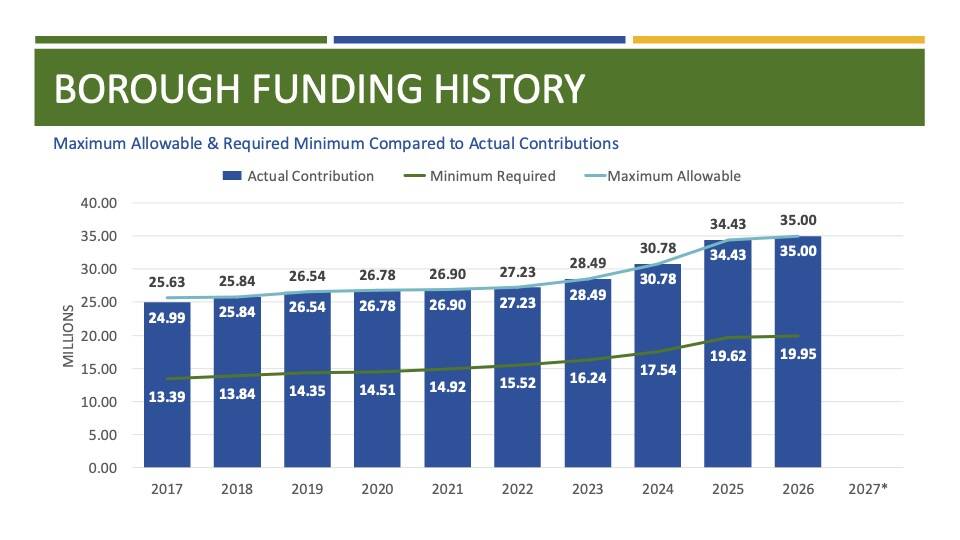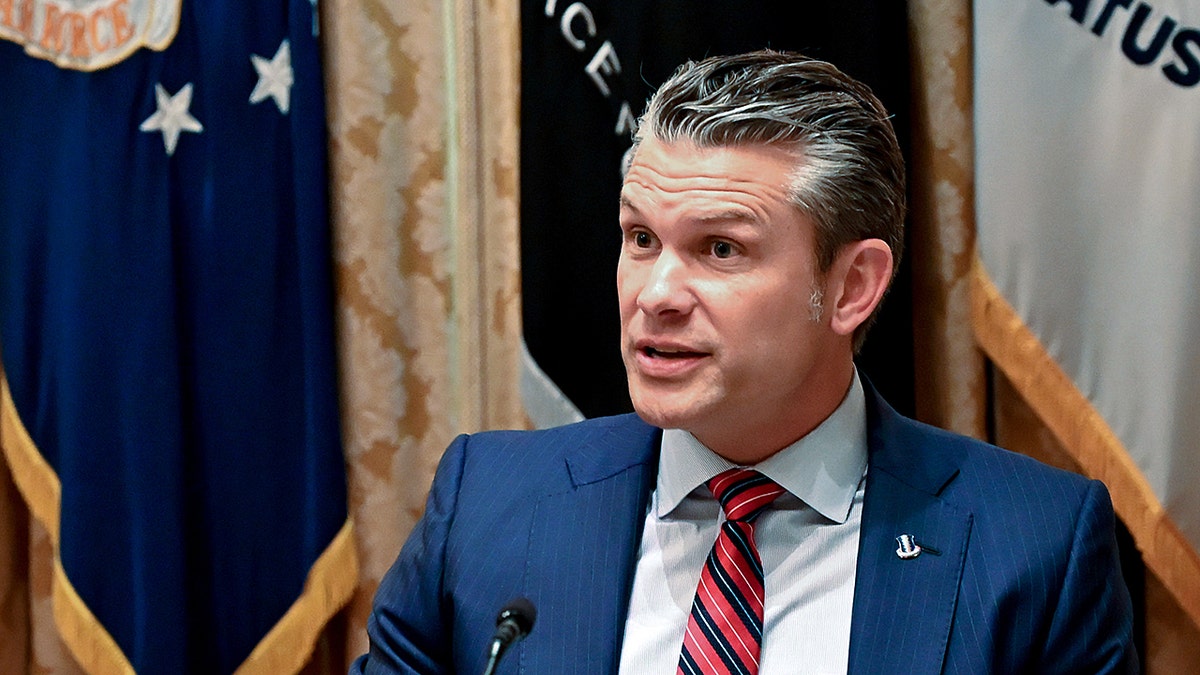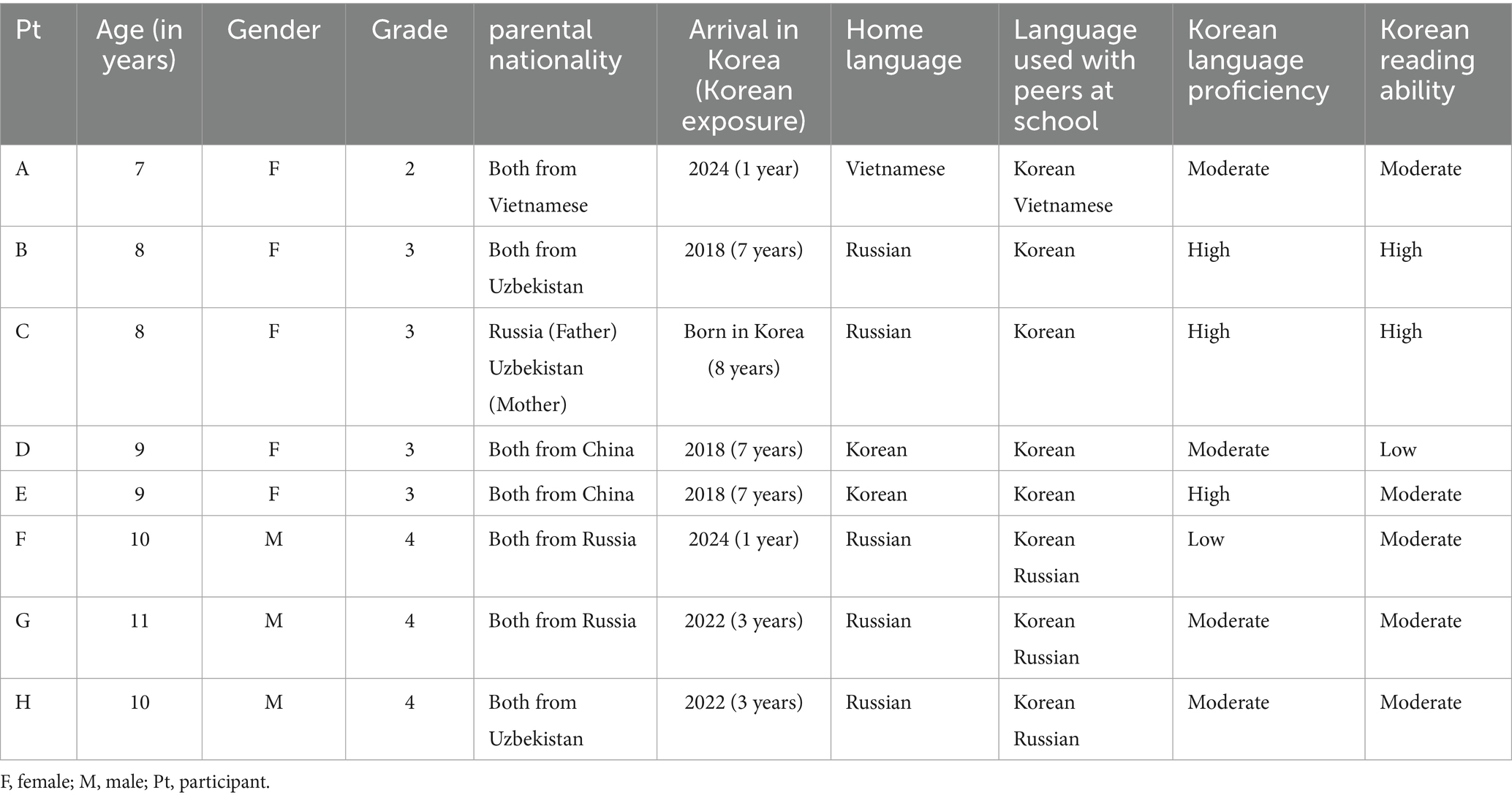Report on Gender Inequality in Kansas High School Athletics and its Relation to Sustainable Development Goals
Introduction: A Case Study in SDG 5 and SDG 10
A recent decision by the Kansas State High School Activities Association (KSHSAA) to relocate the state high school softball tournament has ignited a significant controversy, bringing to the forefront critical issues related to Sustainable Development Goal 5 (Gender Equality) and Sustainable Development Goal 10 (Reduced Inequalities). The move, which transfers the championship from premier university facilities to a multi-use recreational complex, stands in stark contrast to the arrangements for the boys’ baseball tournament, highlighting institutional disparities in the treatment of male and female athletes.
Analysis of Institutional Discrepancies
The KSHSAA’s decision reveals a significant departure from previous standards and an inequitable application of policy between genders. This action directly impacts the state’s progress toward fostering inclusive and equitable institutions as outlined in SDG 16 (Peace, Justice and Strong Institutions).
- Previous Softball Venues: The Class 5A and 6A tournaments were historically held at premier Division-I facilities, including Arrocha Ball Park at the University of Kansas and Wilkins Stadium at Wichita State University.
- Proposed New Venue: The KSHSAA announced a move for all state softball tournament games, except the finals, to the Blue Valley Recreational Sports Complex, a multi-purpose facility considered a significant downgrade by participants.
- Contrasting Baseball Venues: No corresponding changes were announced for the boys’ baseball tournaments, which are scheduled to remain at prestigious university venues, including Kansas State University, Wichita State University, and the University of Kansas.
- Official Justification: A KSHSAA official cited baseball-specific pitch count rules as a factor in the discrepancy, a rationale that has been questioned for its relevance to venue quality and scheduling.
Impact on Athletes and Contradiction of SDG Principles
The decision has a direct and negative impact on female student-athletes, undermining key principles of several Sustainable Development Goals.
- Violation of SDG 5 (Gender Equality): The primary issue is the creation of a clear disparity in the quality of athletic experience and facilities offered to female softball players compared to their male baseball counterparts. This sends a message that female athletics are valued less, directly contravening the goal of achieving gender equality and empowering all women and girls.
- Detriment to SDG 3 (Good Health and Well-being): The perceived demotion to a lesser facility negatively affects the morale and mental well-being of athletes. As one player noted, “You work so hard and you want to play at a nice field… all of a sudden you’re not playing at KU.” This emotional distress runs counter to the promotion of well-being for all.
- Undermining SDG 4 (Quality Education): Extracurricular sports are a vital component of a quality education. By providing unequal resources and opportunities, the institution fails to ensure an inclusive and equitable educational experience for all students, regardless of gender.
Community Advocacy for Reduced Inequalities (SDG 10)
The response from the community demonstrates a grassroots effort to hold institutions accountable and advocate for the reduction of inequalities.
- Players, parents, and local communities mobilized to voice their opposition to the decision.
- Public statements highlighted the core issue of fairness. One parent stated, “We’re fighting for all kids… They deserve the same equal treatment as the baseball teams and the baseball players do.”
- This public outcry successfully drew attention to the inequity, creating pressure on the involved institutions.
Outcome and Implications for Institutional Accountability (SDG 16)
The community’s advocacy led to a significant development. In response to the controversy, the Blue Valley School District withdrew its offer to host the tournament. This outcome forces the KSHSAA to reconsider its decision, presenting a critical opportunity for the organization to realign its policies with the principles of gender equality (SDG 5) and institutional justice (SDG 16). The incident serves as a powerful example of how community action can compel institutions to address inequalities and uphold their responsibility to serve all constituents fairly.
Analysis of Sustainable Development Goals in the Article
1. Which SDGs are addressed or connected to the issues highlighted in the article?
-
SDG 5: Gender Equality
- The article’s central theme is the unequal treatment of female athletes (softball players) compared to their male counterparts (baseball players). The text explicitly highlights the “stark disparity between high school softball and high school baseball” and quotes a parent demanding “the same equal treatment as the baseball teams.” This directly relates to the goal of achieving gender equality and ending discrimination against women and girls.
-
SDG 10: Reduced Inequalities
- This goal focuses on reducing inequality within and among countries, which can be applied to inequalities within communities and systems. The article describes a situation where one group (female softball players) is given access to inferior facilities (“a huge downgrade”) compared to another group (male baseball players), creating a clear inequality of opportunity and outcome within the state’s high school athletics program.
2. What specific targets under those SDGs can be identified based on the article’s content?
-
Target 5.1: End all forms of discrimination against all women and girls everywhere.
- The decision by the Kansas State High School Activities Association (KSHSAA) to move the girls’ softball tournament to a recreational complex while leaving the boys’ baseball tournaments at superior Division-I university facilities is presented as a discriminatory practice. The outrage from players and parents is a reaction against this perceived discrimination based on gender.
-
Target 10.3: Ensure equal opportunity and reduce inequalities of outcome, including by eliminating discriminatory laws, policies and practices.
- The KSHSAA’s policy has resulted in an inequality of outcome, where female athletes do not get to experience playing in top-tier college stadiums like the male athletes do. The community’s pushback, which successfully caused the host to withdraw its offer, is a direct action aimed at eliminating this discriminatory policy and ensuring equal opportunities for all student-athletes.
3. Are there any indicators mentioned or implied in the article that can be used to measure progress towards the identified targets?
-
Discrepancy in the quality of sporting facilities provided for male and female sports.
- The article provides a clear, measurable indicator of inequality by contrasting the facilities. Progress could be measured by comparing the venues assigned to the boys’ and girls’ state tournaments. The article specifies the baseball tournaments are at “Kansas State,” “Wichita State,” and “Kansas” (Division-I facilities), while the softball tournament was moved to the “Blue Valley Recreational Sports Complex,” described as a “huge downgrade.” Achieving parity in venue quality would indicate progress.
-
Existence of policies ensuring equitable treatment in school athletics.
- The controversy itself implies the lack of, or failure to enforce, a policy for equitable treatment. The KSHSAA’s decision-making process is the subject of scrutiny. Progress could be measured by the adoption and implementation of a formal, transparent policy by KSHSAA that guarantees equal treatment and resource allocation for boys’ and girls’ sports, particularly concerning championship venues.
-
Level of public and community engagement against discriminatory practices.
- The article highlights that the “outrage actually made a difference,” forcing the KSHSAA to “go back to the drawing board.” The volume and impact of complaints and protests from players, parents, and the community serve as an indicator of the perceived level of inequality and the collective will to address it. A reduction in such protests could signify that more equitable policies are in place.
4. Summary Table of SDGs, Targets, and Indicators
| SDGs | Targets | Indicators (Implied from the article) |
|---|---|---|
| SDG 5: Gender Equality | 5.1: End all forms of discrimination against all women and girls everywhere. |
|
| SDG 10: Reduced Inequalities | 10.3: Ensure equal opportunity and reduce inequalities of outcome, including by eliminating discriminatory laws, policies and practices. |
|
Source: brobible.com







